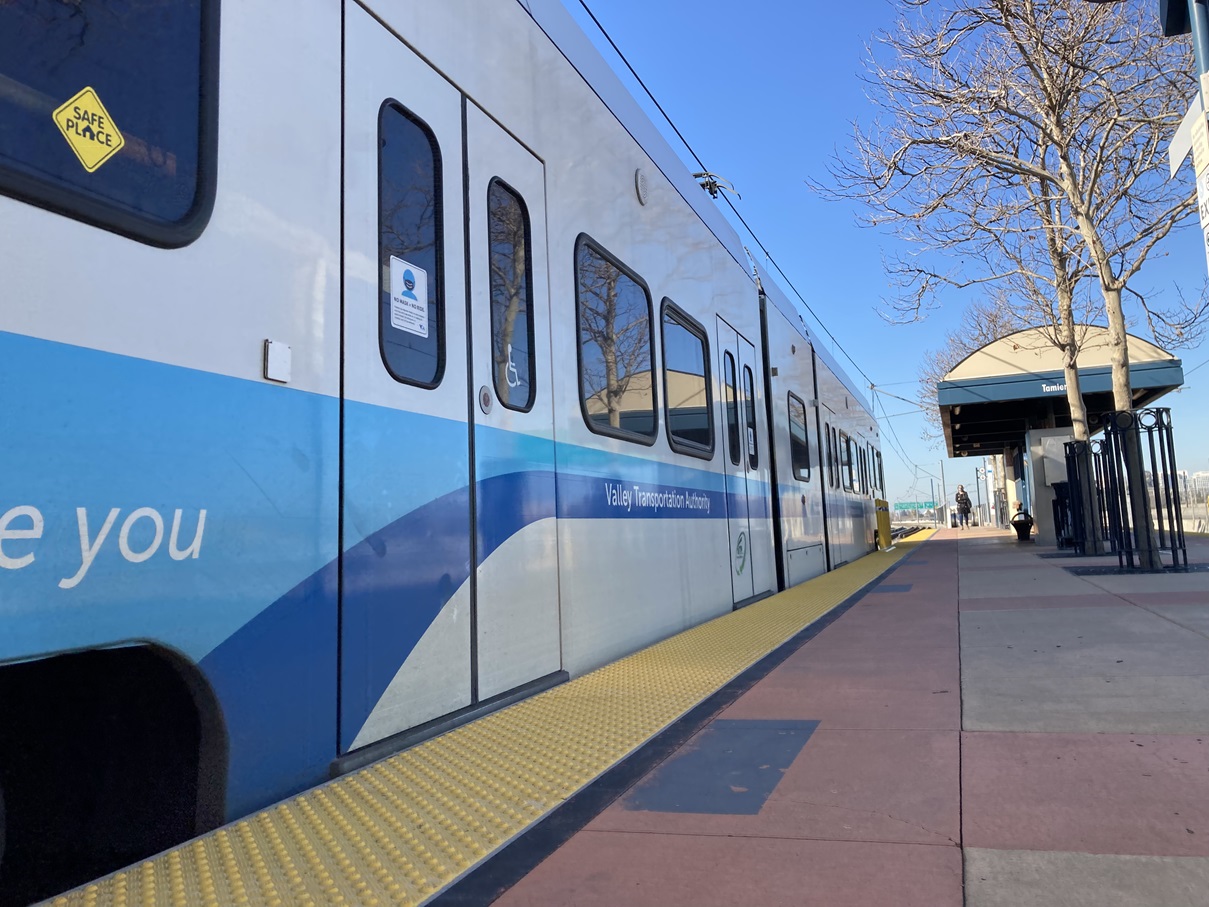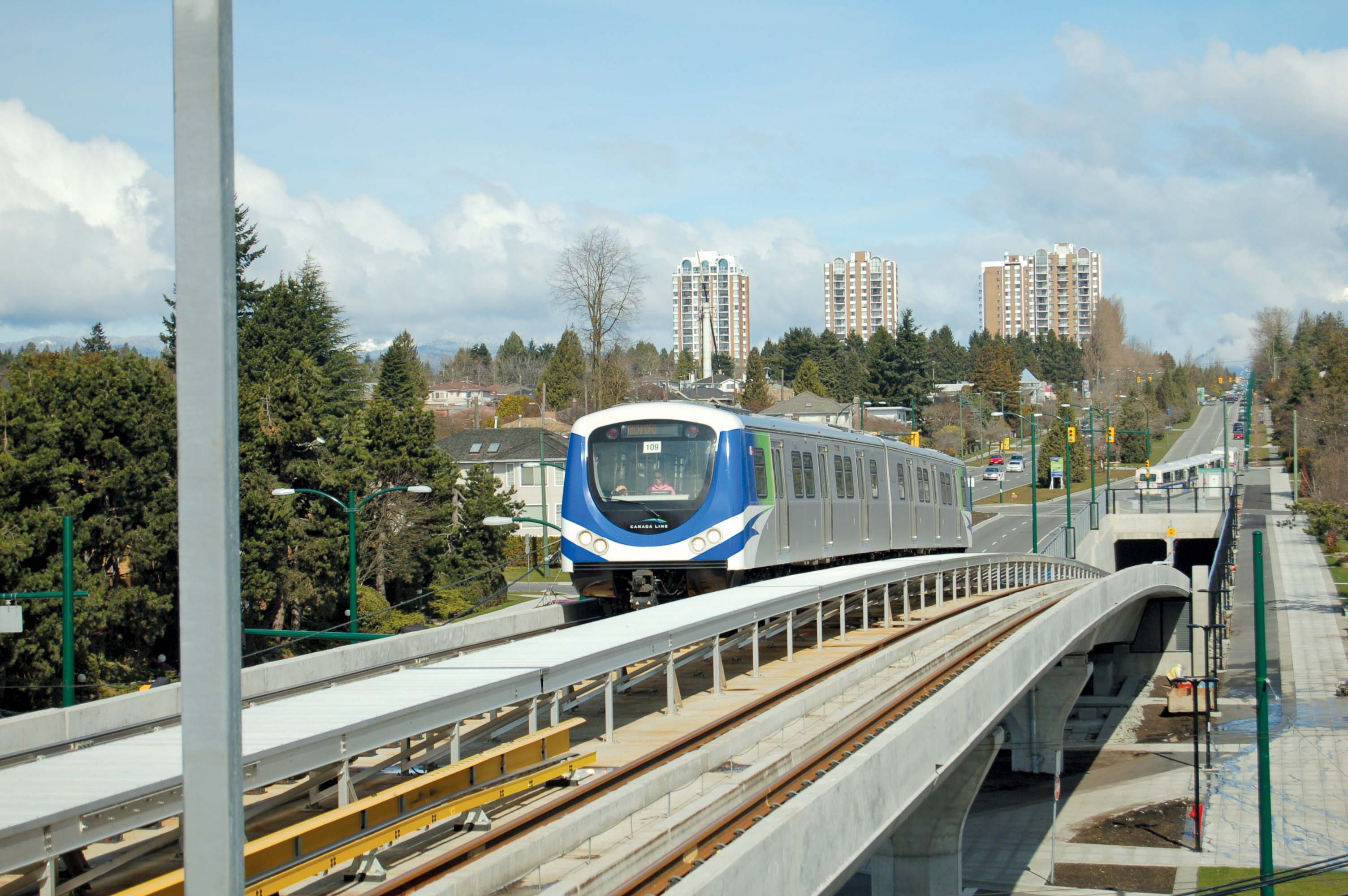
David Crawford explores some promising innovations for North American commuters.
North America is experiencing a surge in commuter rail and metro development. The US now has 75 light rail and metro networks in operation; and California, in particular, is actively exploring ways of developing the state’s existing passenger rail operations into a fully integrated system.
But global consultant
Especially in California, it says, ‘geographic and topographic constraints are major factors impacting the development of rail infrastructure and services, leaving little room for expanding local passenger rail systems to a state-wide level.’
One such constraint is being overcome using modern safety detection technology on a US$2.3bn, 25.5km southern extension of the San Francisco-centred Bay Area Rapid Transit (BART) network into the Silicon Valley technopolis, in Santa Clara County. This has been a regional aspiration since the late 1990s.
The first phase is due to become operational in late 2017 and earlier this year the US Federal Transit Authority approved the final phase to Santa Clara University which will include an 8km (5 miles) tunnel under the centre of the city of San Jose.
For one 9km stretch, new automated passenger trains will run alongside a Union Pacific heavy freight line in an existing rail corridor. Normally, this would mean a 20m (65ft) safety separation gap between the alignments, to guard against such risks as a fast-moving freight train hitting an obstacle and jackknifing wagons into the commuter tracks; or shedding part of its load.
One alternative, in a highly-developed urban corridor where such a gap was unfeasible on the grounds of land availability and dislocation, was a reinforced concrete crash-wall barrier, which would have had to be around 1m thick and 6m high and cost around US$6 million.
The other was the innovative video analytics solution that is now being installed - a camera-based railroad intrusion detection system (RIDS) developed from one originally introduced to protect commercial harbours from unwelcome visitors climbing over perimeter security fences. There, said Matt Shipman, a systems engineering manager for the prime consultant,
“Here, they’re simply detecting an object coming over or through a fence and determining if it is large enough to be a threat”. The system is being designed to distinguish between, for example, a child’s stray helium balloon and a dislodged length of pipe being transported for utility mains laying; assess the risk; and only halt the commuter train when necessary. It is costing around US$500,000.
The ‘slow’ command allows an oncoming service to continue at low speed until the control centre operator can see the object and decide if the train can brush it away or if maintenance staff need to go and remove it.
Pole-mounted thermal imaging cameras are positioned by a standard wire fence every 300m or so along the route, acting as sensors for the GPS-equipped analysis array, which picks up any danger spot on the detection boundary. Alternating poles have tilt sensors to detect if an incident has deflected the fence far enough into the commuter route’s right of way to give grounds for concern.
The team has already deployed the system over an 800m track section as part of a six-month prototype test of, among other factors, the effects of weather. Field testing of the completed system began in 2016.
Construction of the extension, which is being overseen by the Santa Clara Valley Transportation Authority, is due for substantial completion in early spring 2017, when there will be full-scale integrated testing of all the control systems. It will relieve congestion on two crowded roadways, interstates I-680 and I-880.
The solution could benefit other North American cities where the scope for maximising existing rail rights of way is limited by land prices, development pressures or safety standards.
Meanwhile, the nearby city of Palo Alto is trialling a ‘suicide watch’ video-camera based intrusion detection system along the tracks of Caltrain commuter services running north into San Francisco, where a significant number of teenagers have committed suicide since 2009. The Suicide And Accident Intervention System (SAAIS), launched in 2015 by locally-based
One is the practical limit on how far the guards can see along the tracks, especially in the dark, so the new system will use night vision cameras. In addition, regional media has reported that some guards have been found neglecting their duties in favour of texting or even criminal activity. As a temporary measure, the city has demanded guards carry GPS-enabled smartphones, so that their locations can be monitored, and installed temporary lavatories. In contrast to the use of guards, SAAIS uses video analytics to detect potential suicides’ behavioural patterns and movements and triggers alerts to stop trains in time.
The system is the brainchild of company founder Jason Jenkins, whose earlier career in law enforcement confronted him with a number of attempted and successful suicides – the most distressing of which he found involved trains and their drivers. (A 2011 national survey of commuter rail drivers for the US Federal Transit Administration found that more than 12% of drivers who had been involved in a critical incident reported post-traumatic stress disorder symptoms.)
In Canada, the Montréal metro is the country’s second, and North America’s fourth, busiest network. Its operator, the Société de Transport de Montréal (STM), wanted to enhance its existing surveillance system, which deploys some 300 cameras covering tracks and tunnels, to enable the detection of, and automated response to, people entering a controlled danger zone.
A major technical issue was that the view from these cameras was frequently largely filled with moving trains and their lights, making motion-based video analytics temporarily unusable.
Software programming for SmartCatch is subcontracted to Indian specialist
Video analytics
In June 2015 the
At the same time, the pace of commuter rail and metro development in the US and Canada has prompted the association to create an International Urban Rail Platform for North America. This is due to hold its first regional forum in New York from 8 to 9 December, with safety high on the agenda.
One promising avenue being explored is the introduction of driver assistance systems, along the lines of those common in the automotive sector. With third-party collisions emerging as the most common incidents in light rail transit operations, the hope is that smart sensors detecting and communicating the presence of pedestrians and cyclists can bring added safety to users of the public spaces through which light rail services travel.











